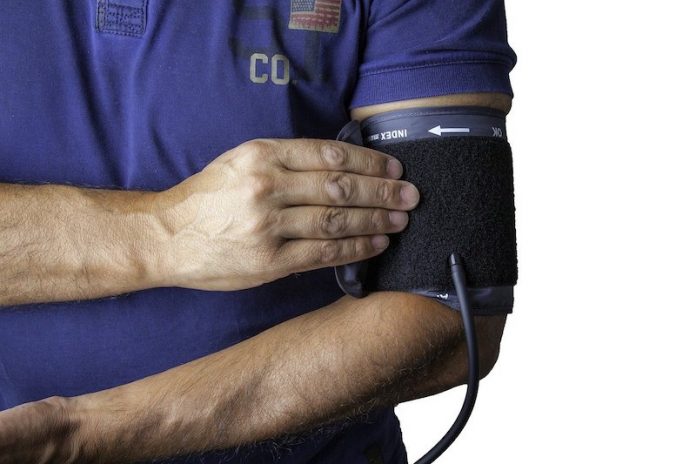
Regular exercise could help lower the risk of high blood pressure, even in areas with heavy air pollution, according to a new study.
The work analyzed data on more than 140,000 adults in Taiwan who did not have high blood pressure, also called hypertension, and who were followed for an average of five years.
Researchers classified participants as inactive, moderately active or highly active, and ranked their level of exposure to fine particulate matter, the most commonly used indicator of air pollution.
“Extended outdoor activity in urban areas increases the intake of air pollutants, which can worsen the harmful health effects of air pollution,” study author Xiang Qian Lao said in a news release.
The research was published Monday in the American Heart Association journal Circulation.
“While we found that high physical activity combined with lower air pollution exposure was linked to lower risk of high blood pressure, physical activity continued to have a protective effect even when people were exposed to high pollution levels,” said Lao, an associate professor at the Jockey Club School of Public Health and Primary Care at The Chinese University of Hong Kong.
“The message is that physical activity, even in polluted air, is an important high blood pressure prevention strategy.”
More than 91% of people worldwide live in areas where air quality does not meet World Health Organization guidelines.
However, even with exercise’s protective benefits, researchers found that reducing air pollution is a more effective strategy for lowering blood pressure risk that habitual exercise.
The study calculated that each increase in particulate matter level was associated with a 38% increase in risk of hypertension, while each increase in physical activity level led to a 6% lower risk.
Overall, people who were highly active and exposed to low levels of pollution had a lower risk of developing high blood pressure.
People who were inactive and exposed to highly polluted air had a higher risk of high blood pressure, which researchers defined as 140/90.
The American College of Cardiology and AHA define high blood pressure as 130/80.
The research, Lao said, shows exercise should be promoted even in polluted areas – and highlights the importance of air quality.
“This is the largest study to analyze the combined effects of air pollution and regular physical activity on high blood pressure,” he said.
“Our findings indicate that regular physical activity is a safe approach for people living in relatively polluted regions to prevent high blood pressure.”
In 2004, the AHA issued a scientific statement concluding exposure to air pollution contributes to cardiovascular illness and death.
A 2010 update elaborated on those risks, which include heart attack, stroke, arrhythmia and heart failure.
Because the new study only included people living in Taiwan, it may not apply to other populations exposed to more severe air pollution. Researchers also didn’t distinguish between outdoor and indoor exercise.



